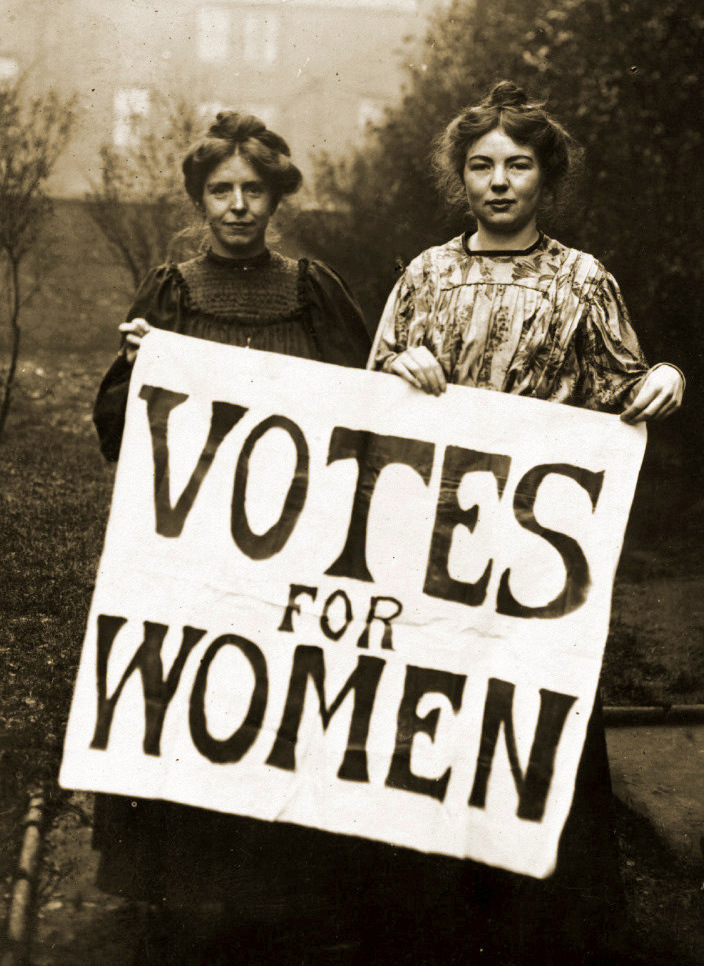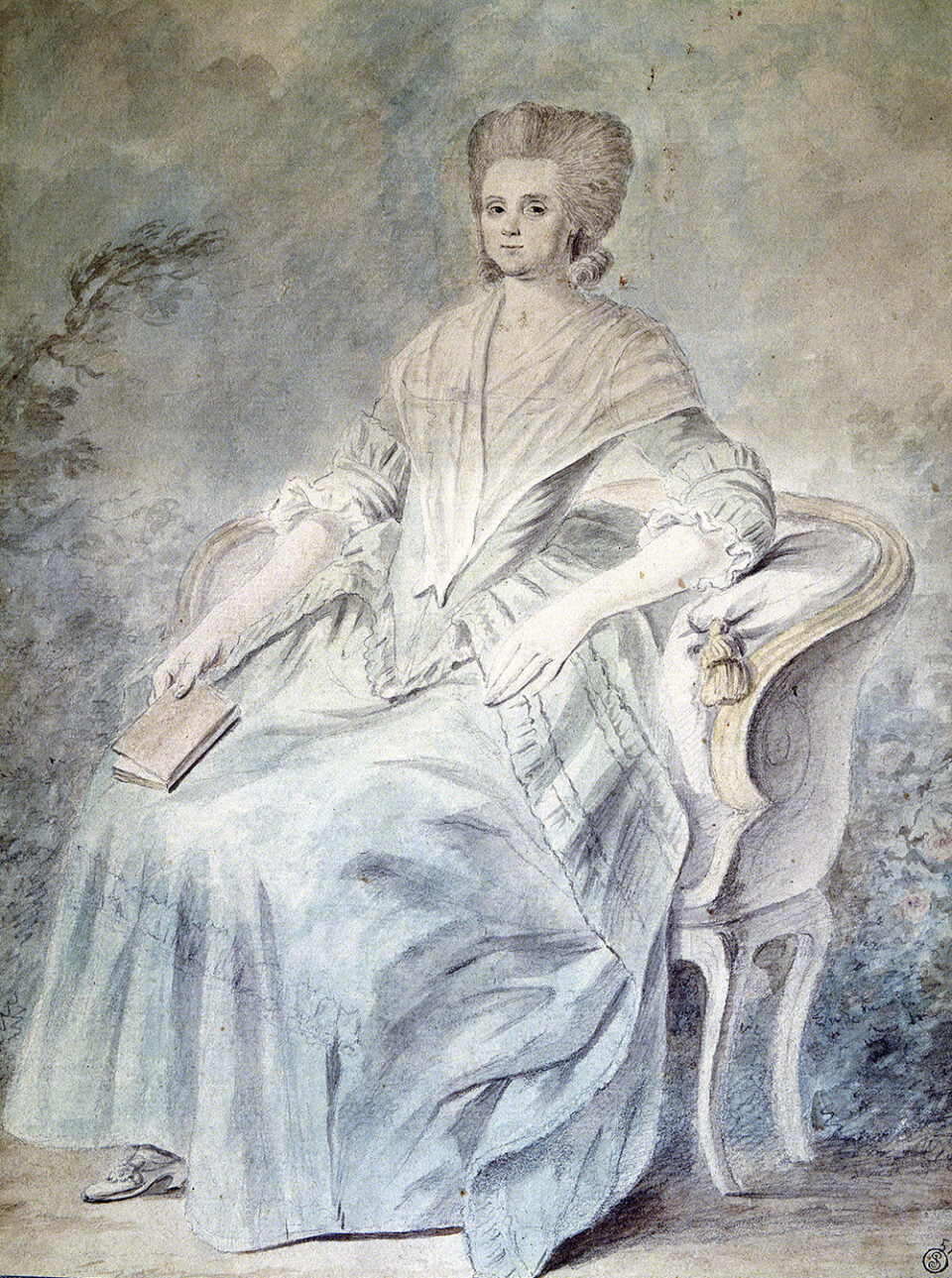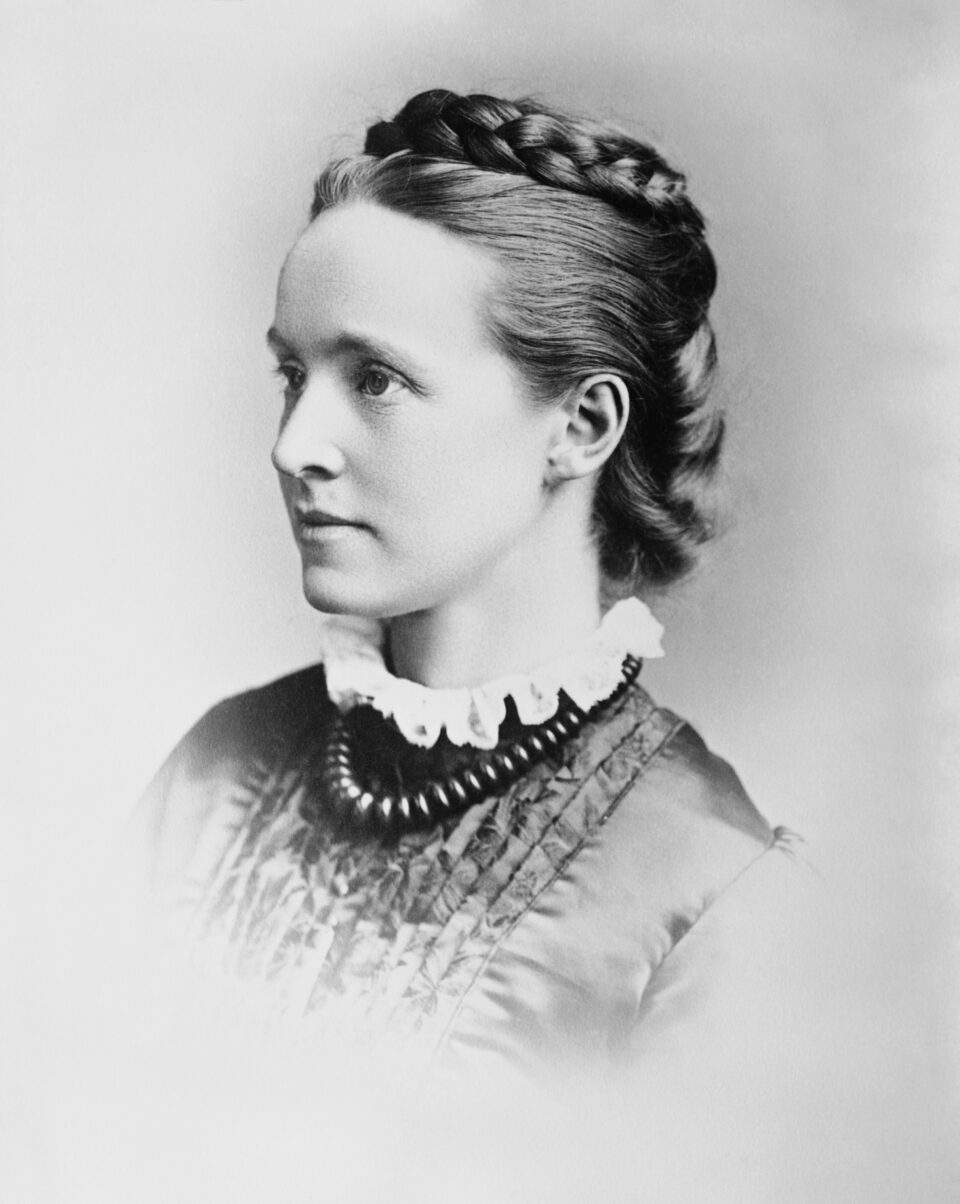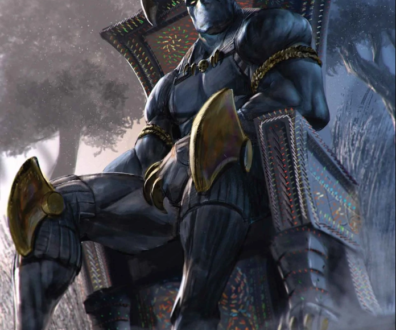
Mary Poppins and the Story of the Suffragettes
The History of Movements Fighting for Women’s Suffrage
"Cast off the shackles of yesterday!
Shoulder to shoulder into the fray!"
It has been 59 years since Mary Poppins has released in cinemas in 1964, enchanting and inspiring entire generations of people with its songs.
Among the very first songs in the film, one that somehow sets the stage is “Sister Suffragette,” sung by Winifred Banks.
That very song, which many of us surely sang as children without fully understanding its meaning, tells in a few seconds a very specific, unique, and important part of history: the suffragettes. This was a crucial moment in the late 19th and early 20th centuries, and although the colorful Mrs. Banks may appear somewhat eccentric in the film, her presence, her song, and the overall scene hold a very specific significance, both historically and socially. It represents an important part of recent history. Many of the struggles carried out by suffragettes in various countries around the world led to significant changes in society. That’s why the presence of a suffragette in a film like Mary Poppins is certainly not a trivial matter. And that’s why I couldn’t miss the opportunity to delve into the topic.
So, put on your sashes, and let’s march with Mrs. Banks into the history of the suffragettes!
The History of Suffragettes: Who were they?

The first question to answer is: who were the suffragettes and what does this word mean? Suffragettes were all those women who fought, between the late 1800s and the early 1900s, for the extension of suffrage, which is the right to vote for women. The term was coined in Great Britain and initially had a negative connotation. Those who coined it did so to denigrate and ridicule the women belonging to feminist movements who were demanding the right to vote. However, later on, those very same women decided to embrace it, make it their own, and turn it into a symbol of their struggle.
Today, it has almost become a synonym for a feminist. However, it is important to remember that suffragettes created movements that fought for specific objectives and ideas.
The Origins of the Women’s Rights Movement

The suffragette movements originated at different times depending on the countries. However, it is beyond doubt that the nations where the struggle was most intense were Great Britain and the United States. Great Britain, in particular, the focus of my discussion, was one of the first countries where suffragettes united in well-defined movements. As we will see shortly, it was here, during the aforementioned years, that this issue became a genuine political matter and women successfully made their voices heard at the national and international levels. However, it was certainly not the first time that women’s suffrage was discussed. As early as the French Revolution, the issue began to gain political and social momentum. During the Revolutionary Assembly, the “Cahier de Doléances des femmes” was presented, which consisted of texts collected in a notebook, demanding the recognition of a series of rights for women. Around the same time, Olympe de Gourges, a renowned French playwright and activist, published various works in support of women’s rights, including the most notable one, “The Declaration of the Rights of Woman and the Female Citizen.” However, despite their resonance, as mentioned, it was not until the end of the 19th century that true movements advocating for women’s rights and female suffrage were established.
The Early Struggles for Women’s Suffrage in Great Britain
As mentioned, Great Britain can be considered a pioneer in the movements and struggles for women’s suffrage.
As early as 1792, the British philosopher and writer Mary Wollstonecraft wrote “A Vindication of the Rights of Woman,” historically considered one of the first true feminist philosophical works regarding women’s rights.
However, it was not until the mid-19th century that movements for women’s suffrage truly began to gain traction and find more supporters, not only among women themselves but also among men. One such example is the British philosopher and economist John Stuart Mill, who, from the 1850s onwards, along with his wife Harriet, became one of the great supporters of the future suffragettes’ cause. It was Mill who, in 1867, presented a petition to Parliament demanding the right to vote for women, signed by 1550 people.

In the meantime, the first true committee in support of women’s suffrage had already formed in Manchester in 1865, and five years later, in 1870, similar organizations had formed in all the major cities of Great Britain. It was in that year that these organizations managed to present another petition to Parliament, this time containing nearly 3 million signatures.
Something had begun to stir. Already in 1869, Parliament had granted women the right to vote in municipal elections. However, the right to vote in parliamentary elections was still denied to them, and as we will see, the path ahead was still quite long.
The National Union of Women’s Suffrage Societies and the Women’s Social and Political Union

The two movements that fought most fervently for women’s suffrage, and whose members later became associated with the title of suffragettes, were the National Union of Women’s Suffrage Societies (NUWSS) and the Women’s Social and Political Union (WSPU).
The first was founded in 1897 by Millicent Garrett Fawcett, a British writer and activist, who was among the earliest advocates for suffrage. It aimed to organize the various committees that had formed up until that point under a more cohesive banner.
The second, on the other hand, was founded by Emmeline Pankhurst (also mentioned in the song “Sister Suffragette” by Mrs. Banks in the film) in 1903, who was a former member of the NUWSS.
The ultimate goals of these two movements were essentially the same, as both sought the right to vote for women. The difference between them lay in the methods they chose to employ in their struggles.
While Millicent’s NUWSS pursued a more moderate, peaceful, and law-abiding protest, the WSPU, whose members were often derogatorily referred to as suffragettes by the newspapers, believed in more drastic and active forms of protest. They sometimes resorted to violence and aggression, including hunger strikes, handcuffing themselves to railings, breaking windows, and even planting bombs to be heard.
Another difference between the two movements lay in the types of people involved. The NUWSS mainly consisted of women from the middle class and a few from the working class, while the WSPU was more inclusive and welcomed women from various social classes.
In summary, despite both movements seeking the same goal, they had very different ideas about how to achieve it. The first pursued a slower and more diplomatic approach, while the second sought faster progress through open and confrontational struggle.
The protests of the WSPU and the “Cat and Mouse Act”

In the meantime, in the early 1900s, many proposed laws regarding women’s suffrage were rejected. That’s why Emmeline’s WSPU became the most involved in the struggles and protests, gaining more followers over time. The suffragettes of the WSPU engaged in increasingly drastic actions. Many women ended up in prison, and some went on hunger strikes. To prevent them from becoming ill or dying, they were forcibly fed through rather unpleasant practices. Moreover, in 1913, Parliament passed a law, later dubbed “The Cat and Mouse Act,” which required suffragettes on hunger strikes to be temporarily released to recover their health, only to be arrested and imprisoned again once they had regained their strength.
However, thanks to the suffragettes, the movement gained more and more supporters among the general population and on an international level.
The history of suffragettes: from World War I to the right to vote
The arrival of World War I led to a partial reduction in the activities of the suffrage movements. Naturally, while some continued to fight and express their dissent, advancing the cause, others decided to suspend or redirect their efforts in support of the war effort. It would take until the end of the war for the suffragettes and, in general, all the women who had fought for equality and the right to vote, to finally achieve their goal. In 1918, the British Parliament passed a law allowing women aged 30 and over to vote, and in 1928, the age requirement was lowered to 21, achieving full parity with men.
The history of suffragettes around the world

I mainly discussed the British case because it is the one that interests us the most, being connected to Mary Poppins and Winifred Banks. However, the suffragette struggle gained momentum and made history in other countries as well. The first groups and movements formed in the mid-1800s following the British model, particularly in the United States. There, too, the struggles were numerous, and the objectives were only achieved in 1920. Still, it was better than in other countries like in Italy, where women obtained the right to vote much later, in June 1946.
There is much more to say about the history of suffragettes and the fight for equality and the right to vote in various countries around the world. However, I reserve the opportunity to talk about it in more detail at a later time.
In the meantime, as always, if you enjoyed the article, let us know by commenting or sharing it on our social channels!
Sources:
- https://www.treccani.it/enciclopedia/suffragetta_(Dizionario-di-Storia)/
- https://www.treccani.it/enciclopedia/femminismo_%28Enciclopedia-dei-ragazzi%29/
- https://www.britannica.com/topic/woman-suffrage/The-United-States
- https://www.britannica.com/video/215352/Top-questions-answers-womens-suffrage
- https://www.britannica.com/story/100-years-since-the-death-of-leo-frank
- https://www.britannica.com/topic/Womens-Social-and-Political-Union
- https://www.storicang.it/a/voto-alle-donne_14618
- https://www.natgeokids.com/uk/discover/history/general-history/suffragettes-facts/#:~:text=The%20suffragists%20were%20members%20of,and%20believed%20in%20peaceful%20protest.
- https://www.history.com/topics/womens-history/the-fight-for-womens-suffrage
- https://www.parliament.uk/about/living-heritage/transformingsociety/electionsvoting/womenvote/overview/startsuffragette-/
- https://www.museumoflondon.org.uk/museum-london/explore/who-were-suffragettes
- https://www.historic-uk.com/HistoryUK/HistoryofBritain/Suffragette-Outrages-WSPU/
- https://www.studenti.it/suffragette.html
- https://www.eduxo.it/2020/12/25/suffragio-femminile-love-education/
- https://www.desfemmes.fr/essai/cahiers-de-doleances-des-femmes-en-1789/
- https://www.iodonna.it/attualita/storie-e-reportage/2019/12/28/la-storia-delle-suffragette-italiane-donne-visionarie-che-hanno-lottato-per-tutti-noi/





